The remarkable diversity we see in domesticated animals today represents one of humankind’s most significant impacts on other species. From the tiny Chihuahua to the massive Great Dane, from sleek Siamese cats to fluffy Persians, the variations within species showcase our ancestors’ selective breeding prowess. This process, spanning thousands of years, has transformed wild ancestors into the specialized breeds we recognize today. The evolution of different breeds tells a fascinating story about human history, cultural values, and our changing relationships with animals. Understanding how breeds have evolved over time offers insights into both animal biology and human society, revealing how our needs and preferences have shaped the animals that share our world.
The Ancient Origins of Selective Breeding
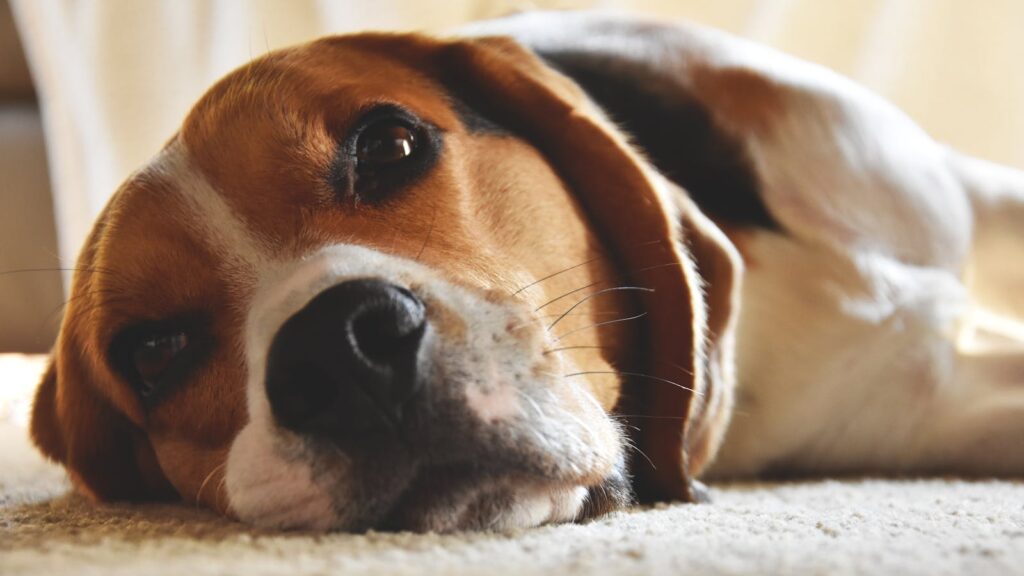
Humans began selectively breeding animals approximately 12,000 years ago, coinciding with the Agricultural Revolution when we transitioned from hunter-gatherer societies to settled farming communities. The earliest evidence of selective breeding comes from archaeological findings of domestic dogs, which show distinct differences from their wolf ancestors in skull shape and size. Ancient civilizations in Mesopotamia, Egypt, and China documented their breeding practices for various animals, selecting for traits that enhanced utility, such as strength in oxen or hunting ability in dogs. By choosing which animals would reproduce based on desirable characteristics, our ancestors unknowingly applied principles of genetics long before formal understanding of heredity existed. This deliberate selection process accelerated natural evolution, creating specialized animal types that would likely never have emerged through natural selection alone.
Dogs: From Wolves to Hundreds of Specialized Breeds
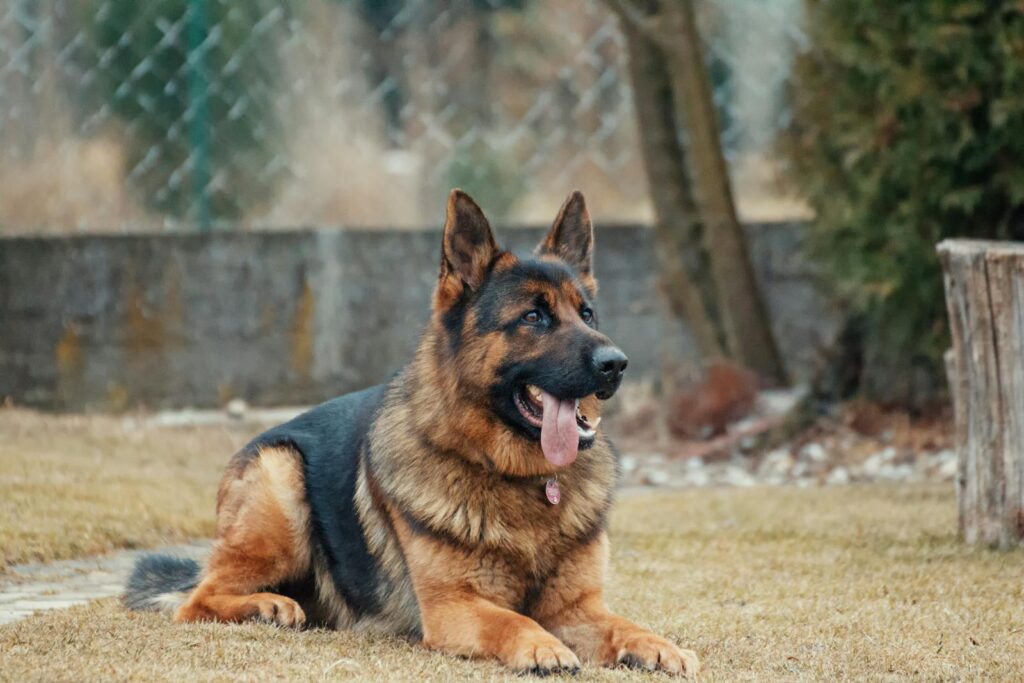
The transformation from wolves to the diverse dog breeds we know today represents perhaps the most dramatic example of human-directed evolution. Modern research indicates that dogs were domesticated from gray wolves at least 15,000 years ago, with some studies suggesting domestication occurred as early as 40,000 years ago. Initially, early dogs were selected for behavioral traits like reduced aggression and increased sociability with humans, which created fundamental differences from their wolf ancestors. As human society developed, dogs were increasingly bred for specialized functions: herding livestock, guarding property, hunting different types of game, and eventually companionship. The Victorian era marked a turning point in dog breeding when the concept of standardized breeds and kennel clubs formalized the process, leading to the approximately 400 recognized dog breeds today, with more pronounced physical distinctions than in any other domesticated species.
Cats: Subtle Evolutionary Changes
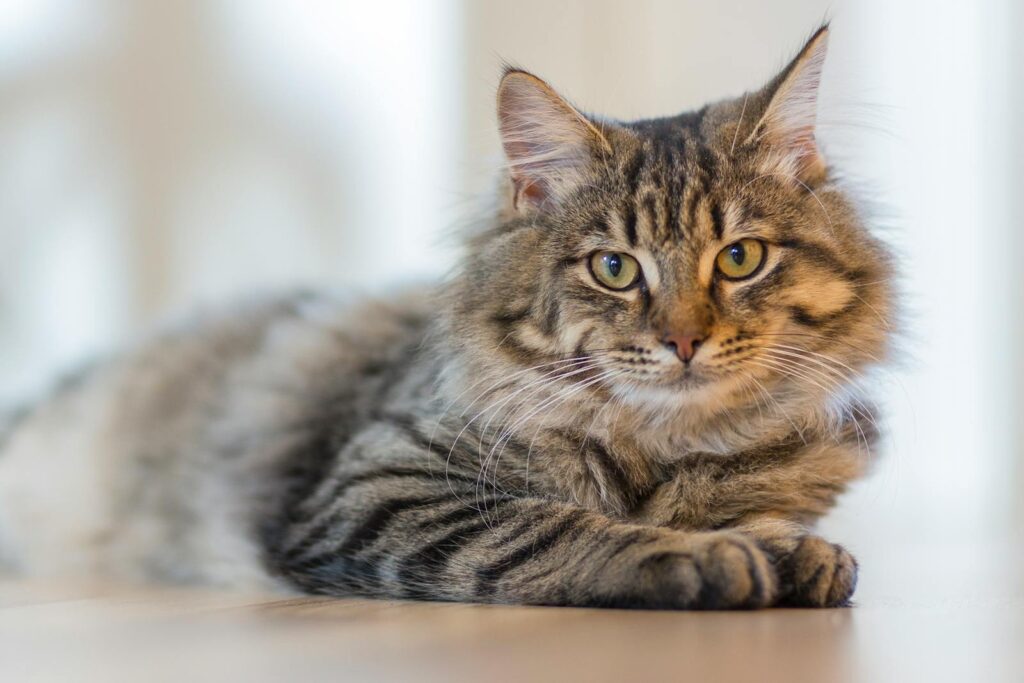
Unlike dogs, domestic cats have undergone less dramatic morphological changes from their wild ancestors, retaining much of their original physical structure and hunting instincts. Domestication of cats began approximately 10,000 years ago in the Near East, where grain stores in early agricultural settlements attracted rodents, which in turn attracted wild cats. Humans recognized the benefit of having these natural predators around and began a more passive selection process focused primarily on behavioral traits like tolerance of human presence. Intentional breeding for aesthetic traits came much later, primarily in the last few centuries. The development of distinctive cat breeds accelerated in the 19th and 20th centuries, resulting in variations like the hairless Sphynx, flat-faced Persians, and short-legged Munchkins. Despite these recent developments, most domestic cats worldwide remain less specialized than dogs, with the majority being non-pedigreed and more closely resembling their wild ancestors in appearance and behavior.
Horses: Bred for Power, Speed, and Beauty

The evolution of horse breeds illustrates how human transportation and warfare needs shaped animal development over millennia. Horses were first domesticated around 5,500 years ago in the Eurasian steppes, initially valued for meat and milk before becoming instrumental for transportation and warfare. Early selective breeding focused on creating stronger, larger horses that could carry armored warriors or pull heavy loads, resulting in powerful draft breeds like the Clydesdale and Percheron. Meanwhile, regions like the Middle East and North Africa selected for speed and endurance, developing ancestors of modern Arabians and Thoroughbreds for desert travel and swift communication. The agricultural revolution demanded versatile farm horses, while nobility commissioned elegant carriage horses and parade mounts, creating distinct types for specific purposes. Modern horse breeds range from miniature horses standing under 34 inches tall to massive draft horses weighing over 2,000 pounds, demonstrating how human needs have created extraordinary diversity within a single species.
Cattle: From Wild Aurochs to Specialized Producers
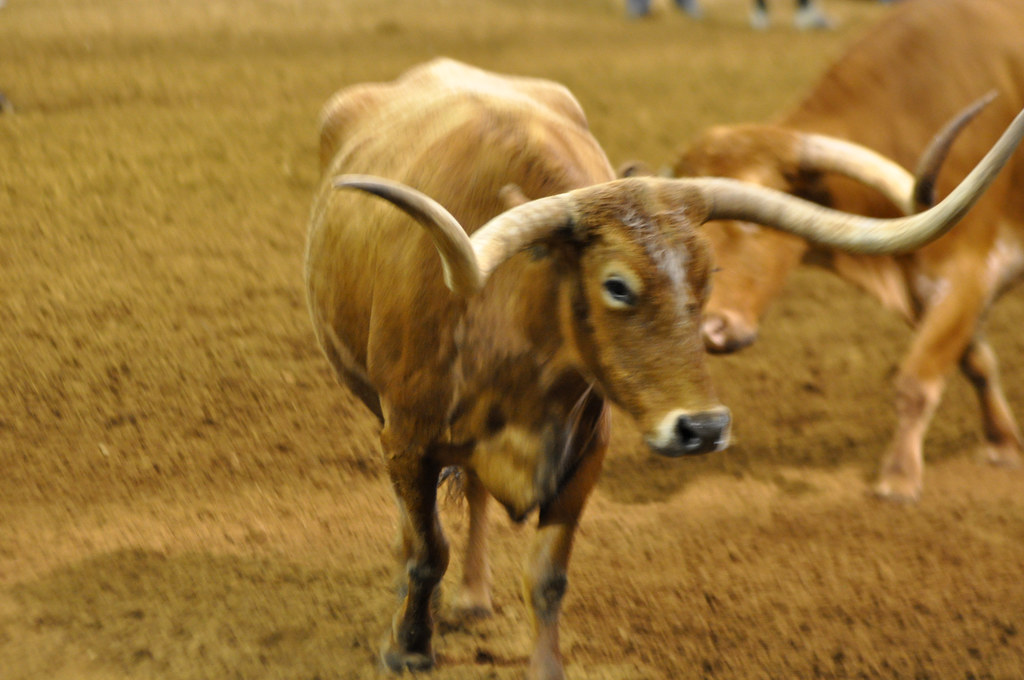
The story of cattle breeding demonstrates how humans have transformed one species to serve multiple distinct purposes. Modern cattle descended from wild aurochs, large and aggressive bovines that were domesticated approximately 10,000 years ago in multiple locations across Europe, Asia, and Africa. This multiple-origin domestication contributed to the initial diversity that selective breeding would later enhance. Early cattle served as multi-purpose animals providing meat, milk, labor, and hides, but over time, specialized breeds emerged. Dairy breeds like Holsteins and Jerseys were selected for extraordinary milk production capabilities, with top modern dairy cows producing more than 100 pounds of milk daily. Beef cattle breeds like Angus and Hereford were developed for efficient meat production with optimal fat marbling and muscle development. The divergence between dairy and beef breeds represents one of the clearest examples of how selective breeding has created specialized animal types optimized for different human needs.
Sheep and Goats: Fiber, Milk, and Meat Specialists
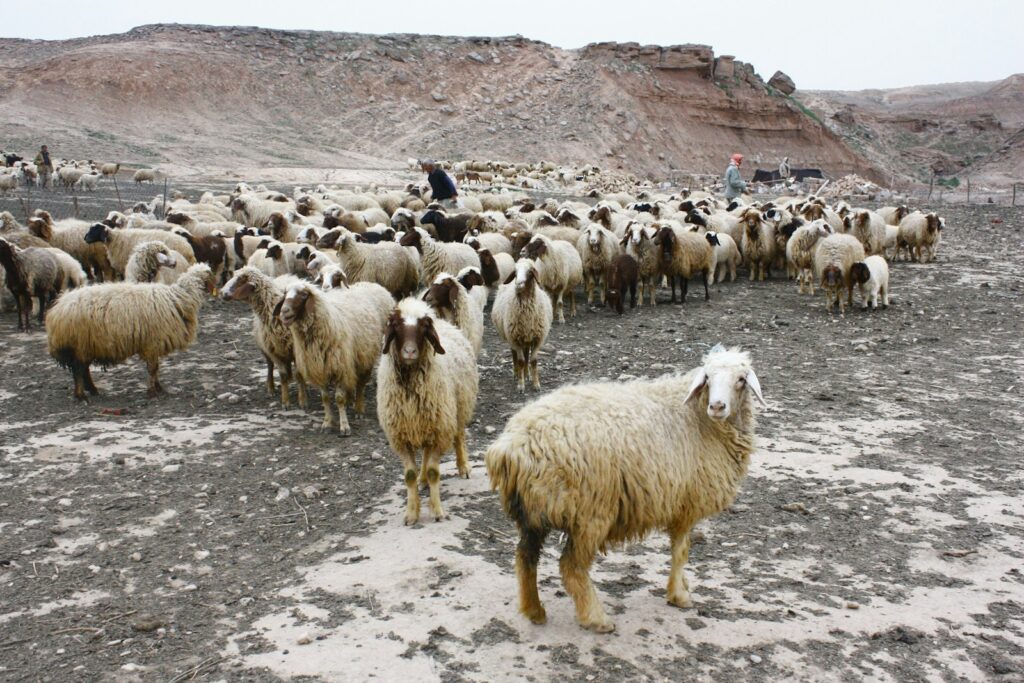
Sheep and goats were among the earliest domesticated livestock, with evidence of domestication dating back about 11,000 years in the Fertile Crescent. Original wild sheep had hair coats rather than wool, but humans selectively bred for wool production, gradually developing the wooly sheep we recognize today. Different regions created specialized breeds based on local needs and conditions, such as the Merino sheep of Spain, prized for their exceptionally fine wool, or the fat-tailed sheep of Central Asia, which store energy reserves in their large tails. Similarly, goat breeds diversified to serve various purposes, with some like the Alpine and Saanen selected for milk production, producing dairy products in regions where cattle couldn’t thrive. Meat goat breeds like the Boer developed to provide efficient protein sources, while Angora and Cashmere goats were bred specifically for their luxury fibers. These species demonstrate how breeding has created animals specialized for specific production niches and adapted to vastly different environmental conditions around the world.
Chickens: From Jungle Fowl to Production Powerhouses
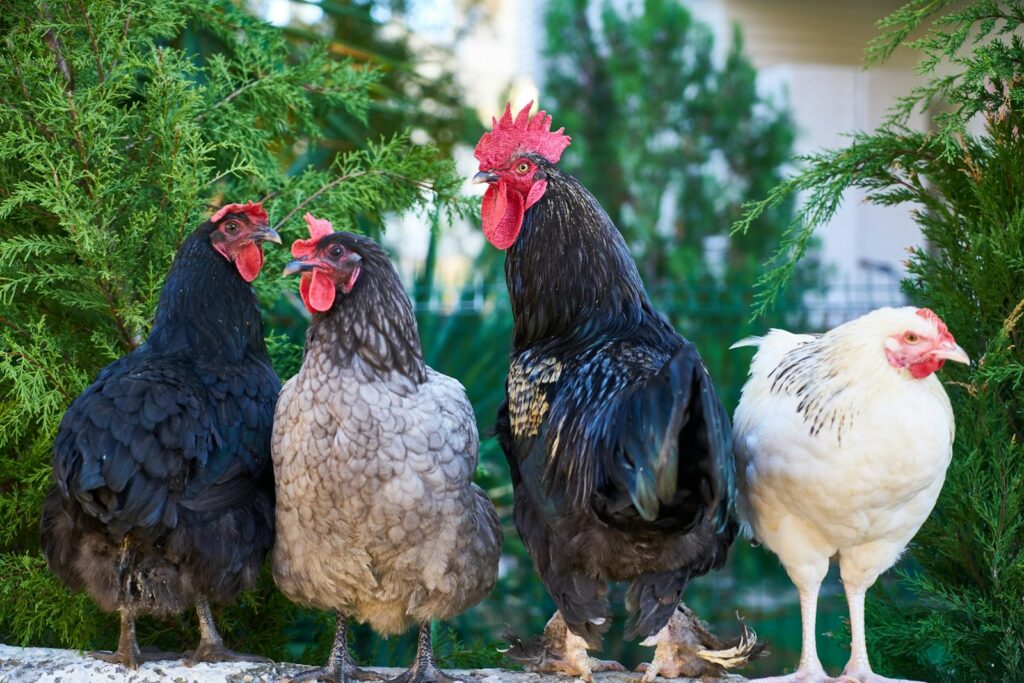
The transformation of the red jungle fowl into modern chicken breeds illustrates perhaps the most dramatic productivity increases achieved through selective breeding. Domesticated approximately 8,000 years ago in Southeast Asia, early chickens were primarily used for cockfighting and religious ceremonies rather than food production. Over centuries, selection gradually increased egg and meat production capabilities, but the most dramatic changes occurred in the 20th century with the development of specialized commercial strains. Modern layer hens produce around 300 eggs annually, compared to the 10-15 their jungle fowl ancestors would lay in the wild, representing a 20-fold increase in productivity. Broiler (meat) chickens have been bred to reach market weight in just six weeks, compared to the 16-20 weeks required in the 1950s, dramatically improving feed conversion efficiency. Meanwhile, heritage breeds like the ornamental Silkie or the blue-egg-laying Araucana maintain distinctive characteristics that showcase the aesthetic diversity achieved through selective breeding for non-commercial purposes.
Pigeons: Darwin’s Inspiration
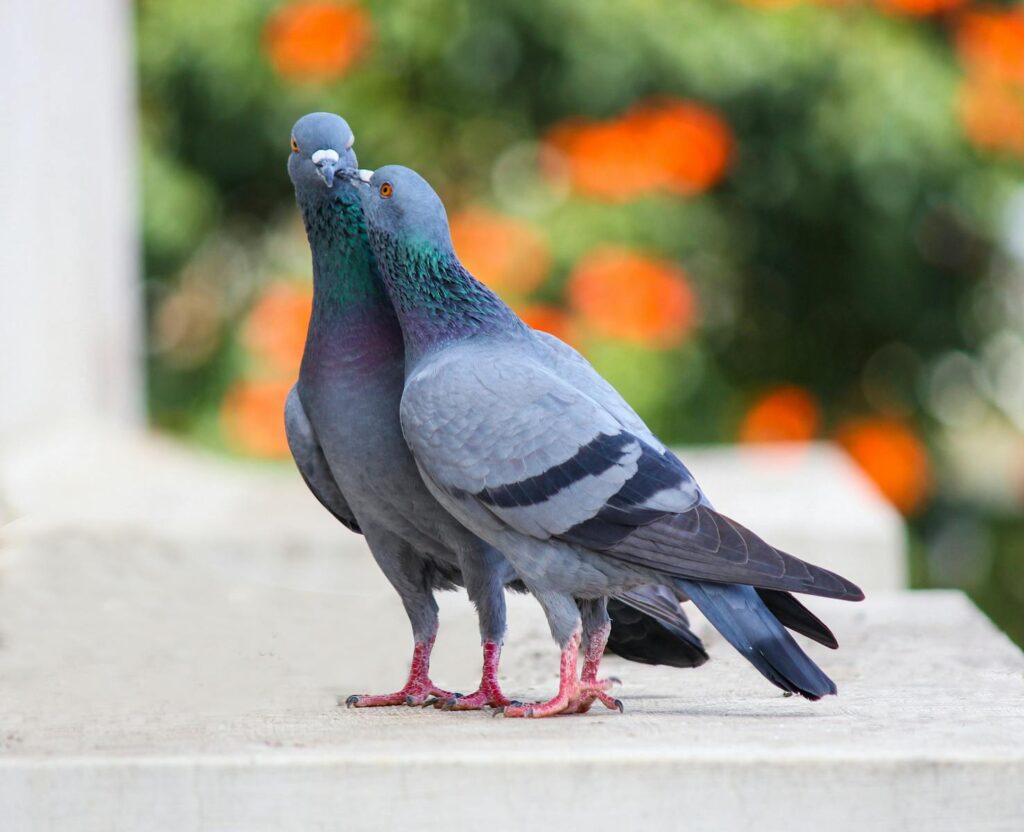
Charles Darwin’s fascination with pigeon breeding provided crucial insights that helped him develop his theory of natural selection. Domestic pigeons all descend from the rock pigeon (Columba livia), yet human selection has created astonishing diversity in form and behavior. Darwin noted that selective breeding had produced varieties that, if found in the wild, might be classified as entirely different species. Fancy pigeon breeds showcase extreme morphological variations, from the fan-tailed Fantail to the puffed-chest Pouter and the short-beaked Tumbler. Homing pigeons were developed for their remarkable navigational abilities, serving as crucial messengers in many historical conflicts including both World Wars. Racing pigeons, bred for speed and endurance, can maintain average speeds of 60 miles per hour over substantial distances. The extreme malleability of pigeon morphology and behavior through selective breeding provided Darwin with a powerful model for understanding how selection pressures can transform species over time, making pigeons instrumental in the development of evolutionary theory.
Genetic Bottlenecks and Founder Effects
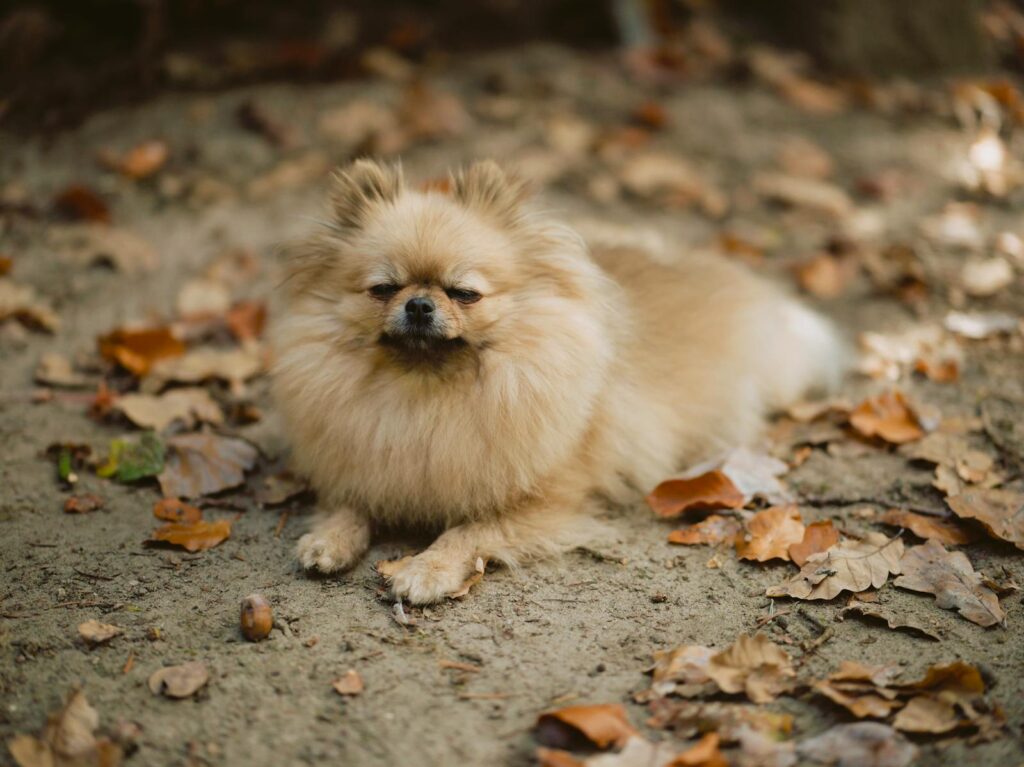
Many modern breeds suffer from limited genetic diversity due to their development from small founding populations, a phenomenon known as the founder effect. When a breed is established from just a few individuals, genetic bottlenecks occur, reducing the overall genetic diversity and potentially concentrating harmful recessive genes. The Finnish Spitz dog, for example, was reconstituted from just a few dozen individuals after near extinction in the early 20th century, resulting in a limited gene pool. Similar situations occurred with the Cavalier King Charles Spaniel, established from just six founding dogs in the 1920s. These genetic bottlenecks often lead to higher incidences of inherited disorders within purebred populations. Inbreeding depression, the reduced biological fitness that comes from breeding related individuals, manifests in problems like reduced fertility, compromised immune function, and shorter lifespans in many pure breeds. These genetic challenges highlight the potential downside of intensive selective breeding when it significantly reduces genetic diversity.
Modern Breeding Tools: From Pedigrees to Genomics

Breeding methods have evolved dramatically from simple visual selection to sophisticated genetic analysis. Traditional breeding relied on phenotype selection and pedigree analysis, choosing breeding stock based on visible traits and family histories documented in studbooks and herd registers. The mid-20th century saw the application of population genetics and quantitative trait analysis, allowing breeders to make more informed selections based on statistical models and progeny testing. Today, genomic selection represents a revolution in breeding practices, allowing breeders to assess an animal’s genetic potential through DNA testing before making breeding decisions. Marker-assisted selection identifies specific genes associated with desirable traits, allowing precise selection for characteristics like disease resistance or production efficiency. Genomic techniques also help preserve genetic diversity by identifying valuable rare alleles within breeding populations. These advanced tools are accelerating breed development while simultaneously helping address some of the health problems that emerged from earlier breeding practices based on more limited genetic understanding.
Extreme Breeding: Health Consequences

The pursuit of exaggerated traits in certain breeds has led to serious welfare concerns as selection for extreme physical characteristics often compromises health. Brachycephalic (flat-faced) dogs like Bulldogs, French Bulldogs, and Pugs suffer from Brachycephalic Obstructive Airway Syndrome, causing breathing difficulties, heat intolerance, and reduced exercise capacity due to their shortened muzzles. In Persian cats, similar flat-faced selection has resulted in tear duct abnormalities, dental problems, and breathing difficulties. Dachshunds and other breeds with exaggerated long backs face high rates of intervertebral disc disease, while German Shepherds bred for sloping backs often develop hip dysplasia. These health issues have prompted veterinary organizations worldwide to speak out against extreme breeding practices. Some countries have implemented legislation to address these concerns, such as the Netherlands, which established guidelines restricting breeding of dogs with excessively short muzzles. These developments represent a growing recognition that aesthetic preferences in breeding must be balanced against animal welfare considerations.
Conservation of Heritage and Landrace Breeds
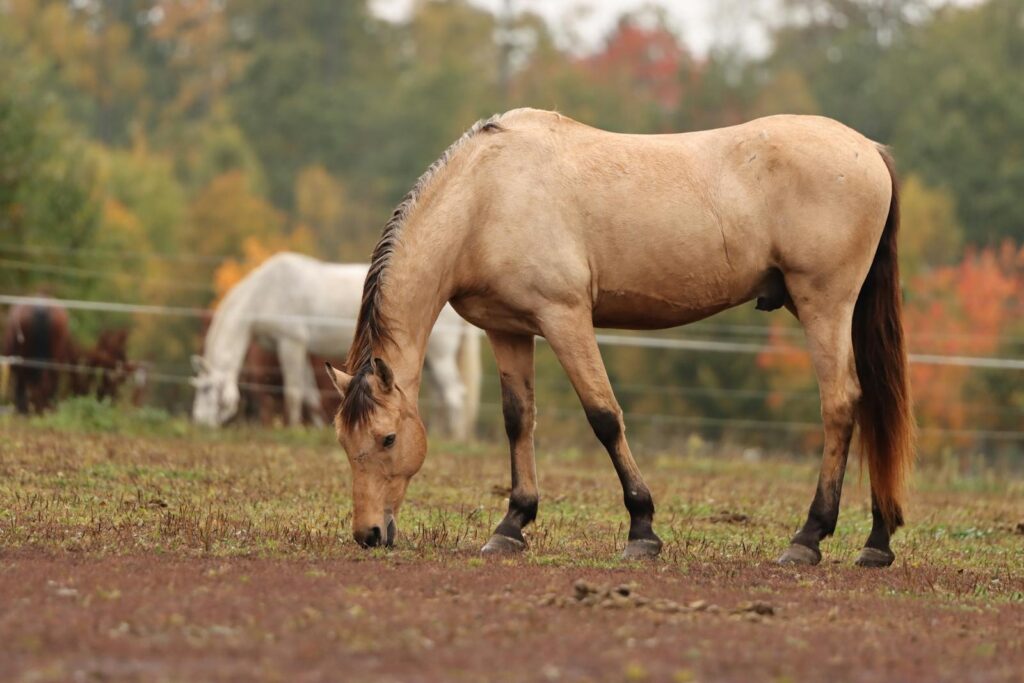
While commercial breeding focuses on maximizing productivity, a parallel movement works to preserve heritage breeds that represent important genetic resources and cultural heritage. Landrace breeds, developed through centuries of adaptation to specific local environments with minimal human intervention, often possess valuable traits like disease resistance, hardiness, and adaptation to challenging climates. Organizations like The Livestock Conservancy in the United States and the Rare Breeds Survival Trust in the UK work to prevent extinction of traditional breeds being displaced by commercial varieties. These heritage breeds serve as important genetic reservoirs, containing traits that may prove valuable for future breeding goals or adaptation to changing climate conditions. Beyond their genetic value, these breeds often hold cultural significance, representing traditional farming practices and regional identities. The conservation of diverse breed genetics parallels biodiversity conservation efforts in wild species, recognizing that genetic diversity within domesticated species represents an important resource for future agricultural resilience.
The Future of Breeding: Balancing Progress and Ethics

The evolution of animal breeding stands at a crossroads, with powerful new genetic technologies enabling more rapid and precise development while ethical considerations increasingly shape breeding objectives. Genomic selection is allowing breeders to address health issues while maintaining desired traits, potentially correcting problems created by earlier breeding practices focused solely on appearance or production. Many breed organizations are implementing health testing requirements and genetic diversity programs to reduce inherited disorders while maintaining breed characteristics. The concept of “sustainable breeding” is gaining traction, emphasizing balanced selection for health, functionality, welfare, and genetic diversity rather than extreme physical traits. Discussions around ethical breeding increasingly include consideration of animal autonomy and natural behaviors, questioning whether animals should be bred for traits that prevent normal function or behavior. As our understanding of animal cognition and welfare advances, breeding goals are likely to evolve toward creating animals that can live comfortable, healthy lives while still serving human purposes – representing a more ethical approach to continuing the ancient partnership between humans and domesticated animals.
Conclusion
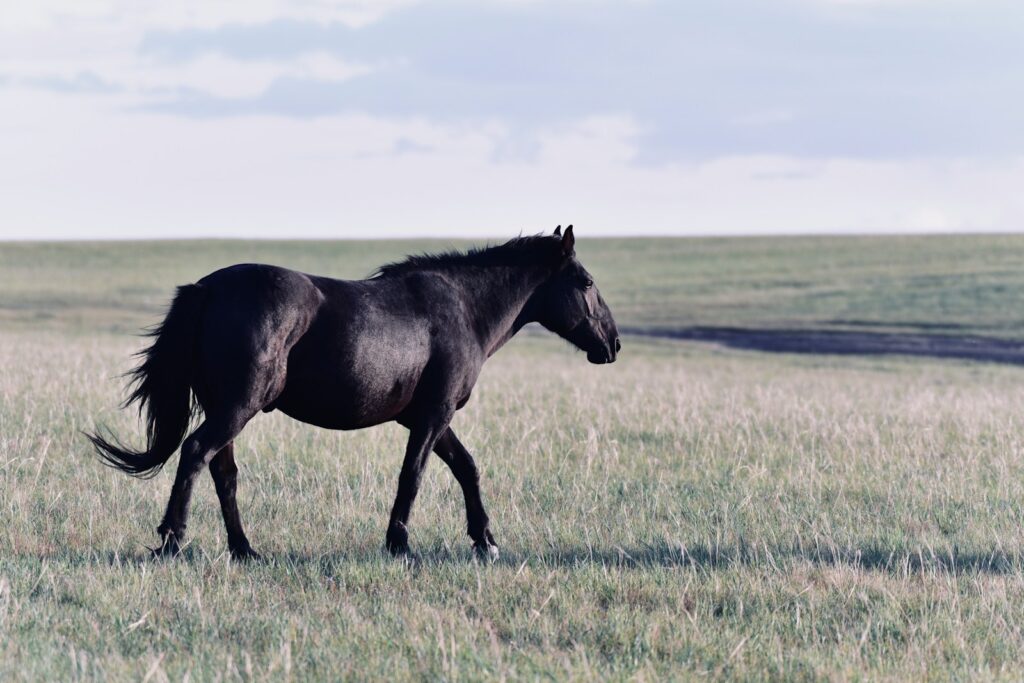
Throughout history, the evolution of different breeds has reflected humanity’s changing needs, technological capabilities, and cultural values. From working partners to food producers to beloved companions, domesticated animals have been shaped by human selection to fill countless niches in our societies. While early breeding was largely practical, focusing on creating animals better suited to perform specific tasks, modern breeding often balances utility with aesthetics, health, and welfare considerations. The remarkable diversity we see today stands as testament to both the plasticity of animal genetics and the ingenuity of generations of breeders. As we look to the future, responsible breeding practices that prioritize animal welfare alongside human needs will ensure the continued co-evolution of humans and domesticated animals, preserving the ancient partnership that has benefited both species for thousands of years.







